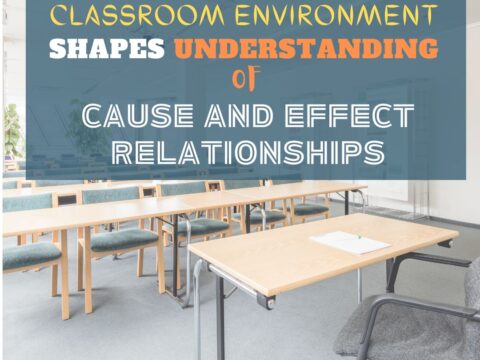 There are two areas where technology can optimize learning better than any other educational strategy. I’m not talking about iPads or laptops or apps. I mean how you deliver your message–done in such a way that more students are able to achieve their goals.
There are two areas where technology can optimize learning better than any other educational strategy. I’m not talking about iPads or laptops or apps. I mean how you deliver your message–done in such a way that more students are able to achieve their goals.- Does this scenario sound familiar: While some student carefully finish a project, taking their time as suits their learning style, others slam through the steps and start looking for ‘what’s next’. You know the type. Both approaches are fine. Address it by having a lot of authentic activities going on in your classroom so students are encouraged to work at their own pace. Let them self-manage their education. Be clear about your expectations, then trust them to find their way. Have links on the class internet start page for organic learning like keyboarding practice and sponge websites that tie into subject area inquiry.
- Teach students how to create visual organizers, then let them use these optionally for projects. These can be graphic organizers like Venn Diagrams or pyramids, or an infographic made in Easel.ly. Let them communicate their ideas with not only text, but layout, color, and images. That appeals to the artist in lots of students.
- Add color to everything. If you’re using Word (or Google Docs), show students how to add pictures, borders, fonts. Students will tolerate the words to get to the decorating. If you’re teaching Excel, show how to color cells, text, add images. They’ll do the math stuff so they can make it pretty.
- Use online tools like Discovery Education’s Puzzle Maker to review concepts. Move away from rubrics and study guides. Anything that gamifies learning will go down easier with students. They are digital natives so let them learn in a more natural way.
- In fact, gamify anything possible. There are an amazing number of high-quality simulations that teach through play–Minecraft, iCivics, Mission US, Lemonade Stand. Here’s a long list. There’s probably one for every subject. Take advantage of them.
- If students aren’t excited by the tools and widgets you offer, let them suggest their own. If they can make the argument for it, let them use it.
- Always offer do-overs. I call them ‘Mulligans’ (from golf). In a differentiated classroom, you always want to let students redo an assignment. What if they didn’t understand? Or were sick? How does trying harder defeat education’s goal of learning ? With technology, all students have to do is open their project and continue work based on your feedback. That’s cool. Rest assured: When you offer this in your classroom, most students won’t take you up on it. It’s too outside-the-box. You won’t be deluged with double the work. But, be happy if you are.
That’s it. Try these seven ideas and see if they don’t transform your classroom. Questions? Email me (or leave a comment)




































1 thought on “New Students? 7 Tips to Differentiate with Tech”
Comments are closed.